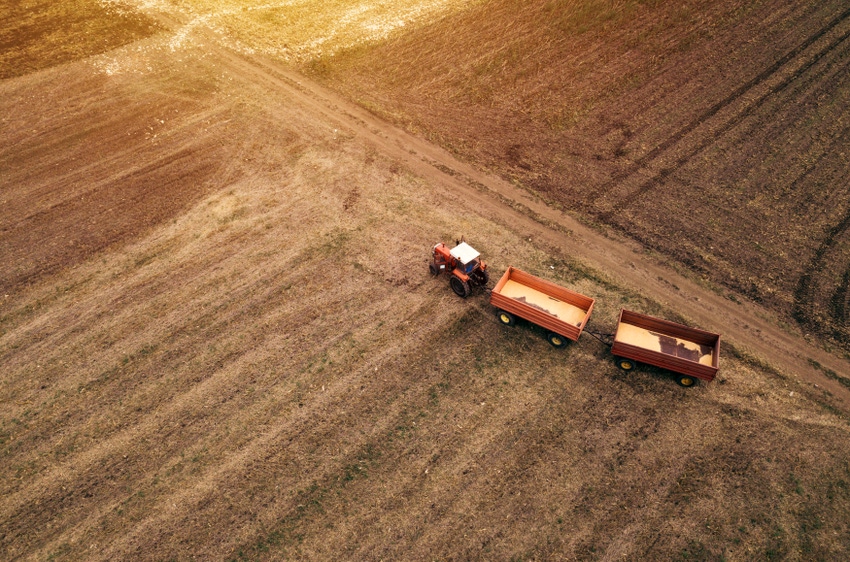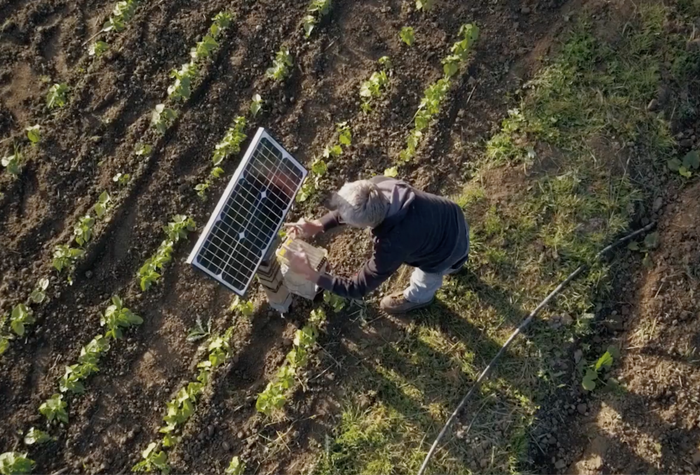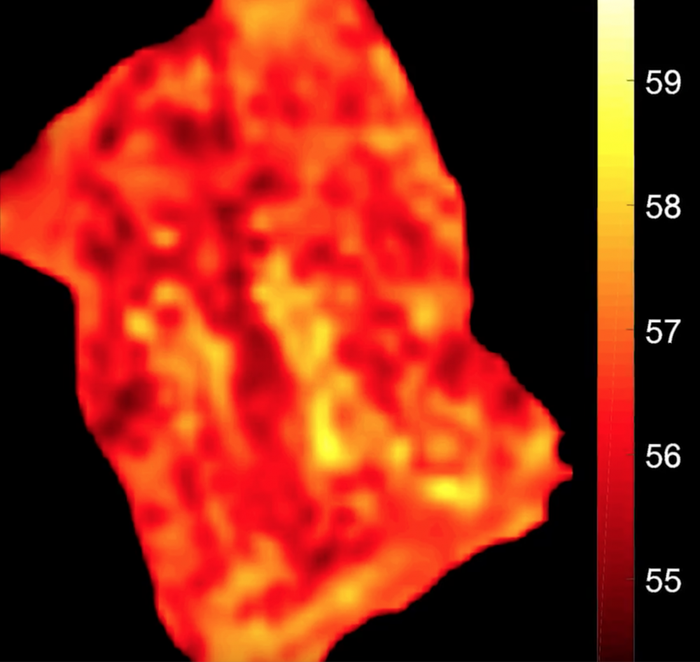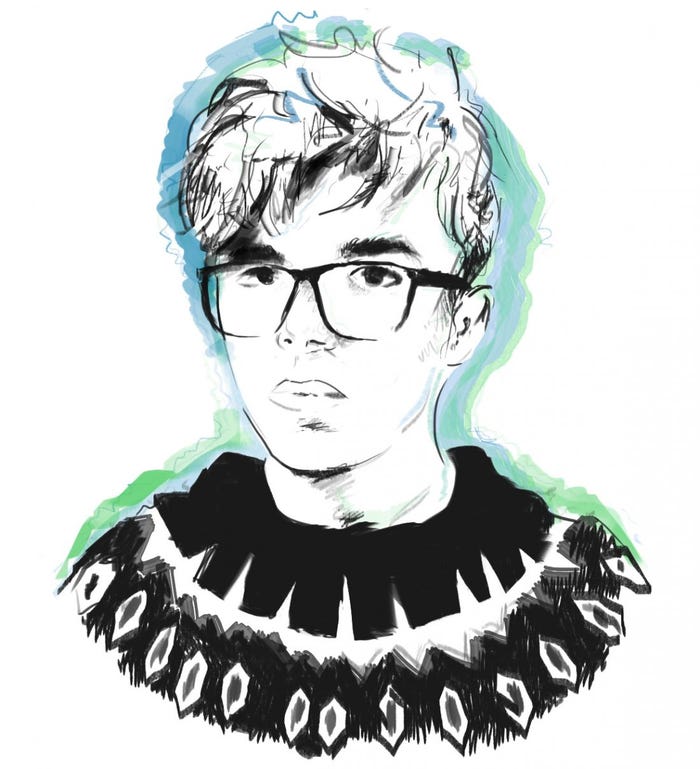March 26, 2018

By Ciarán Daly
REDMOND, WA - Scandal and headlines about data farming abound today, thanks to the alleged irresponsibility of the world's biggest media platforms regarding consumer data. But new applications for AI in the industrial space prove that there's a positive role yet for data farmers - although, perhaps not the kind you're thinking of.
As businesspeople grapple with the challenges of minimal infrastructure and effective use of data, the hunt for valuable use cases for AI and IoT technology continues - and finding the right answers to their business problems could lead them to some unusual places.
Modern agriculture has long been technology-driven, but many of the challenges associated with farming in the 21st century fall against the backdrop of growing food insecurity and a booming population outgrowing the rate of agricultural efficiency. By 2050, increases of 70% in global food production is the bare minimum required to feed the world's population - a challenge even more severe if that population is to be fully nourished. One of the most promising approaches to solve this global issue is data-driven agriculture - and Microsoft FarmBeats is an end-to-end IoT platform for agriculture which puts AI and machine learning at its core.
Intelligent agriculture is sustainable agriculture
 "If we could augment the farmer with insights, then this could drive techniques such as precision agriculture, which has been shown to reduce costs, improve yields, and help with sustainable agriculture," argues Ranveer Chandra, Principal Researcher for Microsoft FarmBeats.
"If we could augment the farmer with insights, then this could drive techniques such as precision agriculture, which has been shown to reduce costs, improve yields, and help with sustainable agriculture," argues Ranveer Chandra, Principal Researcher for Microsoft FarmBeats.
Chandra headed a small project team of nine people, who were tasked with trying to find a way to boost yields and farm efficiency AI. That's easier said than done, especially in a sector that remains mostly undigitized at the point of production.
"The need for AI is significant in agriculture. However, in most agricultural settings - especially in the developing world - farmers don't have the same IT expertise as someone working in an industrial IoT settings," Chandra says. "Hence, we need to take additional steps, and apply the AI techniques to provide actionable insights on top of the raw data and imagery that we collect from the farms. Based on these models, we can predict what is likely to happen in the future with some degree of confidence."
Faced with little to no Internet coverage out on rural farms, Chandra's team were challenged to develop low-cost connectivity solutions on which IoT sensors and AI hardware could operate. "We designed a system that used new technologies, such as TV white spaces, to gather data from the farms at a very low cost," Chandra says. "This technology allows several Mbps connection over a few miles, which we are able to use to collect data not only from sensors, but also from drones and cameras."
FarmBeats: An effective case study for AI and the IIoT
[caption id="attachment_10947" align="alignleft" width="400"] By applying machine vision algorithms to drone footage, FarmBeats is able to provide farmers with a digital heatmap of crop health and ground moisture[/caption]
By applying machine vision algorithms to drone footage, FarmBeats is able to provide farmers with a digital heatmap of crop health and ground moisture[/caption]
The end result is an incredibly sophisticated Industrial Internet of Things (IIoT) solution which provides farmers with real-time data, insights, and actionable recommendations using AI and sensor technology. Ground sensors measure inputs such as soil moisture and nutrients; temperature and humidity are monitored in food storage and livestock shelters; while drones are used to help farmers map their fields, monitor crop canopy remotely, and check for anomalies.
"IoT is a way to capture enormous amounts of data that was previously just not available to us. However, this deluge of data can be hard to parse. The key challenge here is how to transform data from IoT systems and satellites into actionable insights, and this is really where AI and machine learning come in," Chandra explains.
FarmBeats uses AI techniques to fuse aerial imagery from drones with ground sensor data, while also leveraging deep learning and machine vision on video streams to identify pests, diseases, and nutritional deficiencies in crops. Here, edge computing became necessary to overcome any connectivity barriers of working in the cloud. A PC running Microsoft Azure IoT Edge on Windows 10 uses computer vision algorithms to stitch together drone images into a panoramic image, perform machine learning on images from drones and cameras, and is also able to run offline - syncing data to the cloud so that the farmer can access the data remotely.
Learning from FarmBeats: AI and IoT for industry
Chandra believes that the FarmBeats system is a unique showcase for how IoT and AI can be used in a challenging scenario to solve some of the world's hardest problems. The core principles of connectivity, IoT, and AI at the edge involves innovations which he believes can help drive digital transformation of several other challenging verticals, including mining, construction, and forestry. So how can legacy businesses look to start implementing AI and the Industrial IoT into their industrial processes?
[caption id="attachment_10958" align="alignright" width="300"] Ranveer Chandra, Principal Researcher for Microsoft FarmBeats[/caption]
Ranveer Chandra, Principal Researcher for Microsoft FarmBeats[/caption]
"Never start with the technology angle, i.e. asking how you can use AI and IoT," Chandra argues. "Go back to the drawing board, think about your business processes and challenges, and identify areas of improvement - and don't have your technology teams in the room while you do this. They're going to hate me for saying that, but we have a tendency to limit ourselves within the boundaries of existing technologies. There's no silver bullet - you need to first identify your business challenges and future aspirations in a technology agnostic way."
"Secondly, get some data on Azure - data is the new oil, and cross-industry studies show that on average, less than half of an organization's structured data is actively used in maing decisions, and less than 1% of unstructured data is analyzed or used at all. Data consolidation, cleansing, standardization would be the right starting point - we call this building the data infrastructure for digital transformation. Next steps would be providing a data governance platform, where we provide the right search mechanisms to make the data findable, monitor the usage and store in immutable ledgers, build a billing mechanism where you can charge internal and external users, build a secure datasharing mechanism with external untrusted parties, and finally, develop a security and privacy platform. This is what we at Microsoft call a Trusted Data Platform."
From there, businesses should look at turning this data into actionable information for use by AI. Here, Microsoft recommend tapping into your organization's unique IP, where you are able to apply deep knowledge optimization of business processes to developing artificial intelligence assets. "Providing connected by utilizing the digital feedback loops possible with the introduction of IoT and cloud-based capabilities could bring new revenue streams. One of the fastest growing areas we see is connected field services where this continuous dataflow, combined with internal inforamtion assets, makes new service models possible - leading to higher margins with special service contracts."

Based in London, Ciarán Daly is the Editor-in-Chief of AIBusiness.com, covering the critical issues, debates, and real-world use cases surrounding artificial intelligence - for executives, technologists, and enthusiasts alike. Reach him via email here.
About the Author(s)
You May Also Like


.jpg?width=700&auto=webp&quality=80&disable=upscale)
.jpg?width=700&auto=webp&quality=80&disable=upscale)
.jpg?width=700&auto=webp&quality=80&disable=upscale)
.jpg?width=300&auto=webp&quality=80&disable=upscale)
.jpg?width=300&auto=webp&quality=80&disable=upscale)
.jpg?width=300&auto=webp&quality=80&disable=upscale)

